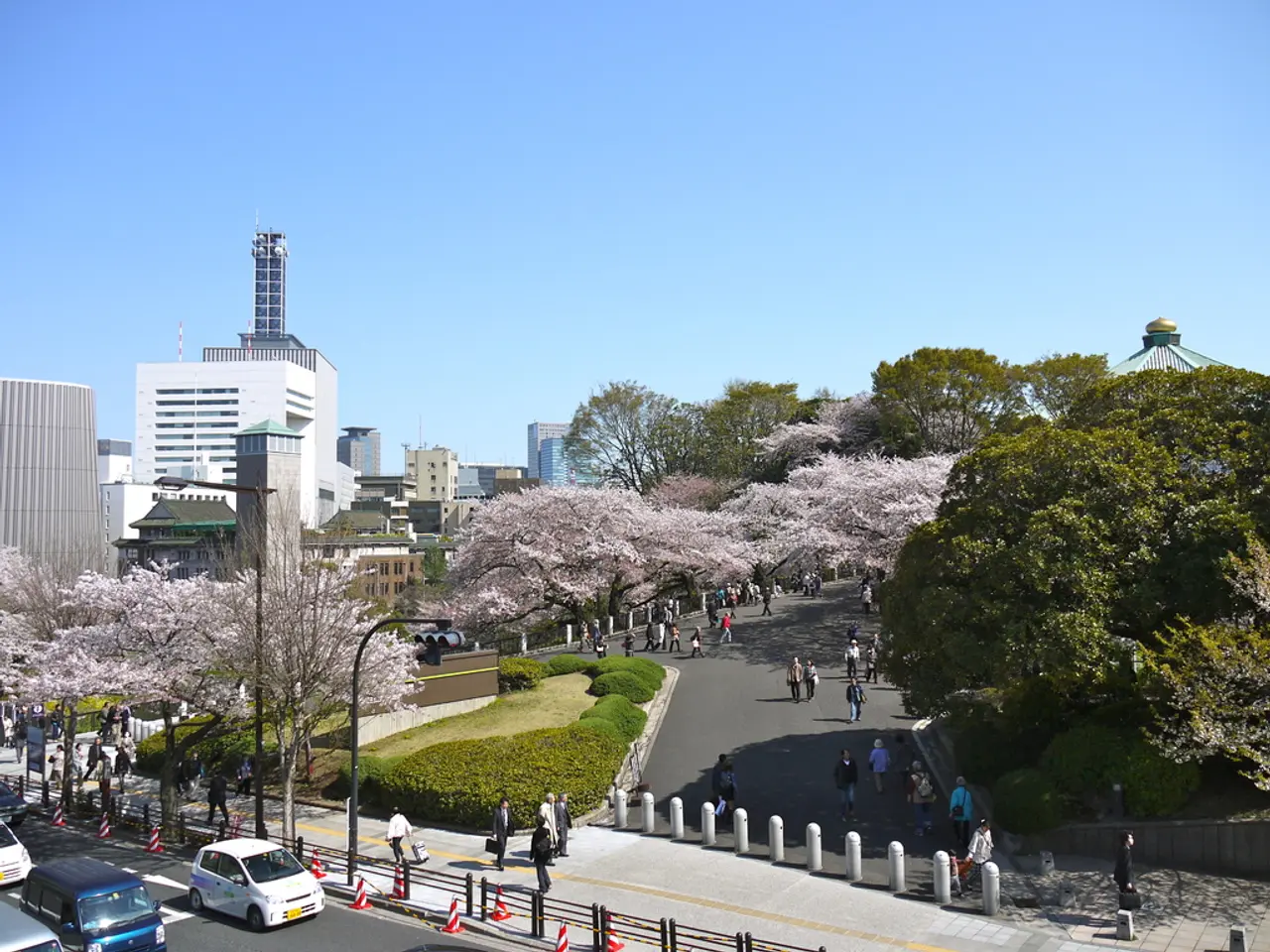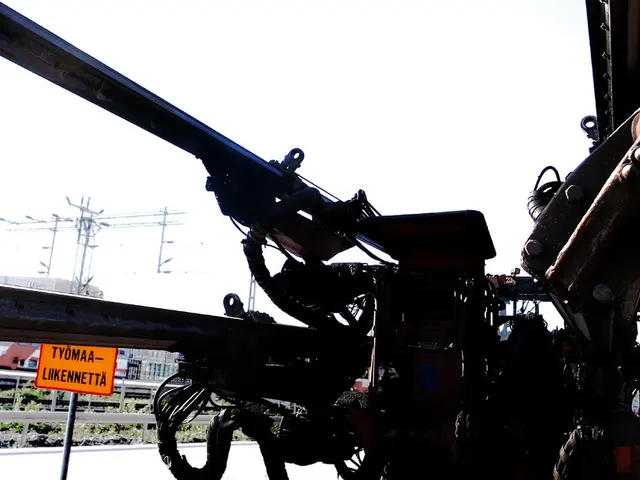Traffic restrictions on the A8 highway starting from Friday due to traffic congestion
In a bid to address chronic traffic congestion on one of the busiest motorways in Bavaria, the A8 between Munich and Salzburg, traffic restrictions have been introduced at several exits in Rosenheim and neighboring districts.
The restrictions, which will apply at eight exits on the A8 and two exits on the A93, are due to come into effect from August 15. The aim is to relieve the downstream road network in towns like Aschau, Bad Aibling, Bad Feilnbach, Rohrdorf, Rosenheim, and Samerberg.
The decision to impose these restrictions was made by the Rosenheim district office in coordination with the affected municipalities. The trigger for the closures was an extreme situation caused by a construction site in the spring, which affected the villages directly on the A8 and paralyzed the entire region within a radius of up to 20 kilometers.
The Autobahn GmbH will install signs along the A8 and LED signs to display information about closures and traffic restrictions. Signs will also be posted in the towns, and the police will enforce the ban, with violations resulting in a fine for an administrative offence.
The mayors of the region sent a joint letter to Federal Transport Minister Patrick Schnieder (CDU) to discuss the potential for implementing similar traffic restrictions in other heavily trafficked areas in Germany. Discussions are ongoing about whether such measures could be applied in other congested areas, with the new framework allowing local authorities to impose traffic restrictions seen as a potential model for other regions.
However, the decision to implement such measures would depend on various factors, including local needs and federal support. There have already been numerous inquiries from other districts, such as Ostallgäu, where the block clearance at the Tyrolean border tunnel regularly causes congestion on the A7.
While the traffic restrictions are a step towards addressing the issue, the ADAC South Bavaria stated that traffic barriers are not a long-term solution as they do not address the root causes of the problem. Maxi Keil from the citizen initiative "Staufreies Dorf" echoed this sentiment, stating that the closures had a significant impact on the region, with firefighters unable to reach the fire station during deployments, farmers unable to harvest their crops, and mobile care services unable to deliver medication to seniors on time.
The effects of the closures are being closely watched by neighboring districts and congestion-prone regions nationwide. If the motorway network becomes overloaded, traffic would need to be redirected more broadly and coordinated onto federal roads. Comprehensive solutions that transcend regional boundaries are needed, specifically progress should be made on the A8 expansion between Rosenheim and the border at Piding/Walserberg.
The integration of closures into navigation systems is important, though it is beyond their influence - they can only request it from the companies. Scenes were witnessed where even residential areas were gridlocked, one-lane community roads were blocked, and even field paths were suddenly being used by 40-tonne trucks. The mayor of Frasdorf, Daniel Mair, emphasized that the closures have a signaling effect for the entire country.
As discussions about the potential implementation of traffic restrictions in other heavily trafficked areas continue, it is clear that finding a long-term solution to chronic traffic congestion is a pressing issue that requires cooperation and innovation at both the local and national level.
Read also:
- Unchecked Management of HP Dams Leads to Environmental Disaster: RTI Reveals
- CDU Hamm: Aim, Chosen Candidate, and Local Election Agenda
- Impact of Trump's Enforced Russia Sanctions Could Compel Putin's Decision-Making
- Nordstrom taps prominent New York residents for their second advertising campaign in the city.







